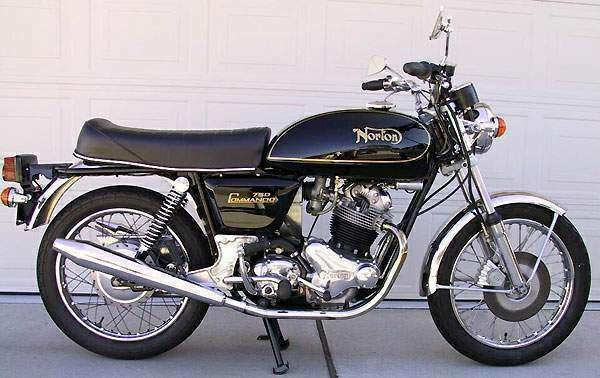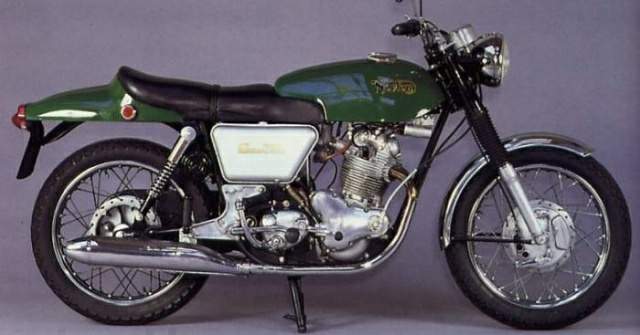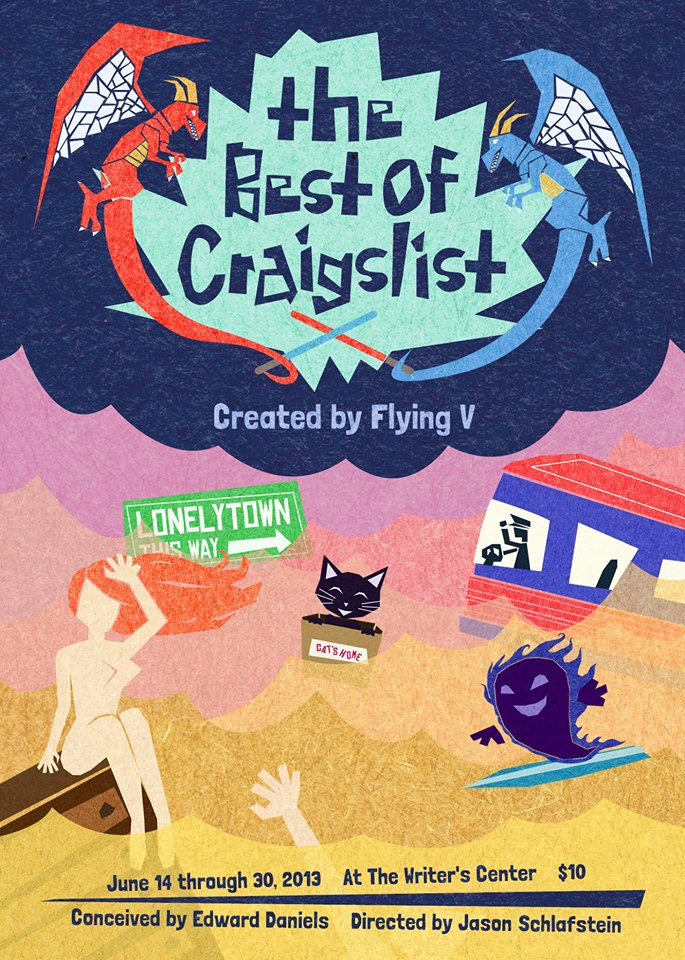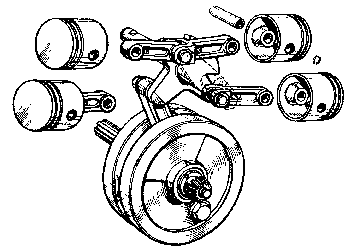




Under the watchful eye of Dr. Stefan Bauer, the Norton Commando is given the Isolastic frame.
The revolutionary part of the Commando, compared to earlier Norton models, was the award-winning frame developed by former Rolls Royce engineer Dr. Stefan Bauer. He believed the classic Norton Featherbed design went against all engineering principles, so Bauer designed his frame around a single 2.25 inch top tube. Bauer tried to free the Commando from classic twin vibration problems, which had severely increased as the engine design expanded from the original 500cc.
Dr. Bauer, along with Norton-Villiers Chief Engineer Bernard Hooper and assistant Bob Trigg, decided that essentially, the entire engine-transmission package would be suspended on rubber mounts, attach the swing arm pivot to the back of the engine to keep the chain travel constant and to give the vibration a path to the ground (out the back wheel). It was baptized the "Isolastic Suspension System" and it made the new 1969 Norton Commando 750 an overnight sensation.
The Norton Commando became the seminal Norton and the sole model that carried it to its demise in 1975. In 1973, the ancient vertical twin that started out life as a 500cc for the 1949 Norton Model 7, had been punched out to 600cc for the 1956 Norton Model 77 and Model 99, then again to 650cc for the 1962 Norton Dominator 650SS, and yet one more time to 750cc for the 1962 Norton Atlas, was yet again enlarged, this time to 850cc for Commando duty. In 1975, it grew an electric starter, then died shortly thereafter (kind of ironic, ain't it). Norton was in receivership by 1975, control of the factory jostled back and forth, but a few more Commandos trickled out in 1976 and 1977, with the last few finally being sold as 1978's.












































